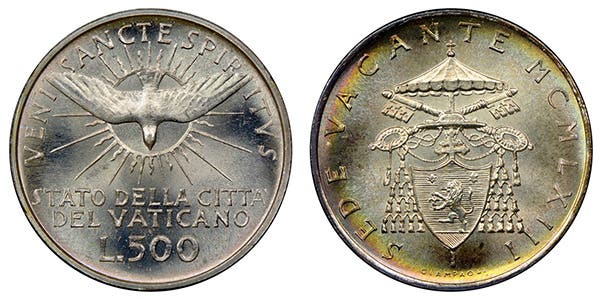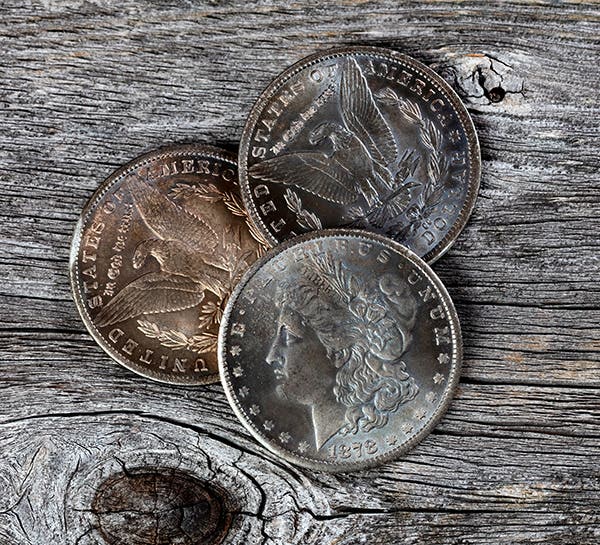Mercury Dimes Form Nice-Looking Collection
Great designs alone do not make for great coins, but the Mercury dime’s unique beauty certainly helps it over- come the current preference for larger silver coins like silver dollars….
Great designs alone do not make for great coins, but the Mercury dime’s unique beauty certainly helps it over- come the current preference for larger silver coins like silver dollars.
The series is fascinating. For starters, there is a key date that is universally known in the form of the 1916-D. It has a 264,000-piece mintage.
Mercury dimes also feature classic overdates in the form of the 1942/41, which was produced at both Philadelphia and at Denver, just making an already interesting overdate that much more interesting.
A great collection requires more than a key date and an overdate, and the Mercury dime set has it in the form of the semi-key 1921 and 1921-D, both of which had mintages barely over 1 million. Moreover, the Mercury dime features a number of lesser-known, better dates including the 1931-S. Back in 1931, the nation was in dire economic straits. The Great Depression was really taking hold and money was scarce. It could be seen in the Mercury dime production. In 1931 there were just over 3 million Mercury dimes produced at Philadelphia, which was down from 1930 and well below the level of 1929. The Mercury dime production at Denver in 1931 was just 1,260,000. San Francisco was not much higher. It finished the year at 1,800,000 pieces. Interestingly enough, the San Francisco production might have been higher except for the fact that there was a directive from the Bureau of the Mint to the San Francisco facility that halted dime production late in the year. The reason was that San Francisco had produced only 194,000 nickels and the order was that the facility concentrate its efforts on nickel production.
What happened to those 1931-S dimes is quite another matter. Certainly they were not saved in large numbers. Most people simply did not have the funds to save cents, much less preserve dimes in high grade. It was one of the worst economic periods in the history of the nation. In fact, coin demand dropped dramatically. It is apparent in the Mercury dime for there was no dime production at any of the three facilities in either 1932 or 1933. That certainly suggests strongly that no one was hoarding or even saving dimes.
Over the years, the 1931-S Mercury has not attracted a lot of attention. Its mintage of 1.8 million pieces is certainly on the low side, but again, it is no 1916-D. In fact it is not in the same class as the 1942/1 overdates from Philadelphia and Denver or even the 1921 and 1921-D. In some respects, it has even been overshadowed by that low 1931-D mintage.
That said, the 1931-S should receive at least a second look. Certainly the story of the 1931-S is interesting. It has an interesting numismatic relative in the form of the 1931-S cent.
Moreover, that 1.8 million piece mintage should not be taken lightly. The only circulation Mercury dime with a lower mintage since 1931 is the 1931- D.
You also have to consider its survival rate. The entire mintage of the 1931-S dime is lower than average proof set sales today. Unlike the modern proofs, however, the 1931-S was released to a public desperate for coins and certainly not in a position to save them. There are some nice 1931-S Mercury dimes, but there cannot be many.








